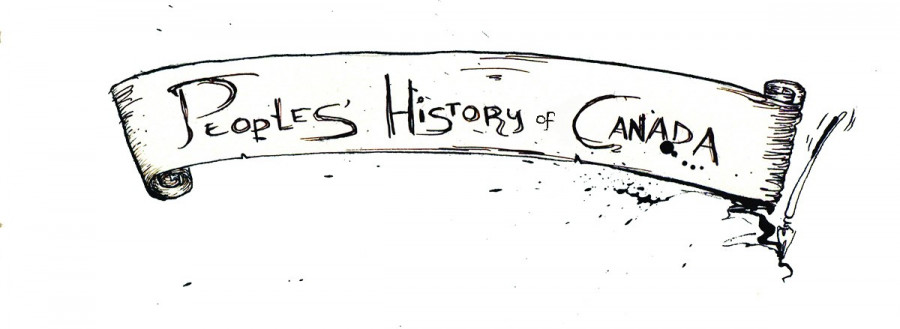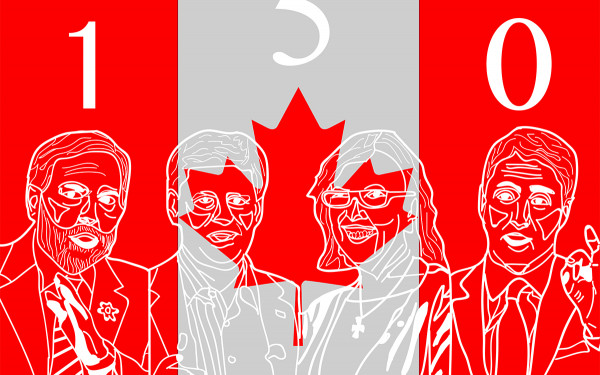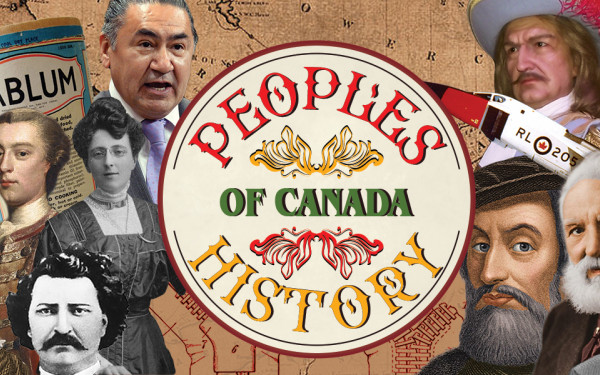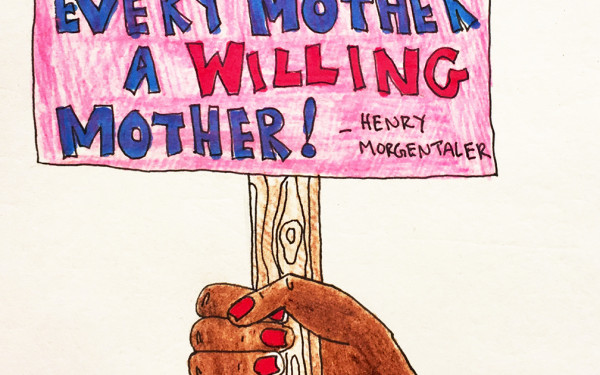Remembering the Internment of Ukrainians
A Peoples’ History of Canada Column
As we move into Canada’s 150th anniversary, the official narrative of Canadian history will become more visible.
This version of history plays up the perceived positive aspects of Canada, and downplays or ignores the negative ones.
One forgotten story of our history is the internment operations, which placed Ukrainian-Canadians in concentration camps from 1914 to 1920. In camps across Canada, from Nova Scotia and Quebec to British Columbia, thousands of men, women and children were interned simply because of their origin. Many of them were Ukrainian.
During the period when the internment took place, Canada—on behalf of the British Empire—was at war with the Austro-Hungarian Empire. Right after the outset of World War I, innocent Ukrainian migrants from the empire were declared enemies.
According to the Canadian War Museum website, “the term ‘enemy alien’ referred to the citizens of states legally at war with Canada who resided in Canada during the war.” The internment of Ukrainians by Canadian government was “part of the confinement of “enemy aliens” in Canada during and after the World War I, under the terms of the War Measures Act.”
Immigration of Ukrainians to Canada began decades earlier, around 1891. Tired of being treated as serfs by the Austrians and Russians, thousands of Ukrainians moved to Canada as the Canadian government was trying to populate the prairies. When the war hit, wartime hysteria justified the Canadian government’s internment of 8,579 people—over 5,000 of whom were Ukrainian—in 24 concentration camps.
Ukrainians, and others viewed as “enemy aliens,” were taken away because of the place where they were born, not because they did anything wrong. Prisoners lived in poor conditions and were forced to do hard labour.
William Dillon Otter, the military commander of the internment, described in his final report how prisoners died of disease and injury, were killed trying to escape, and committed suicide after the camps’ horrible conditions drove them to insanity.
Dr. Lubomyr Luciuk of the Royal Military College of Canada is a specialist in the political geography of Eastern Europe and the immigration history of Canada. In 1978, he began research into Ukrainians in Kingston, Ont. Interviewing one of the very oldest Ukrainian immigrants, Mykola Sakaliuk, the professor discovered the interment camps that had once dotted the landscape.
“Mykola was a Canadian prisoner in the internment camp,” Luciuk said. “I had never heard about the internment camps before.” This kicked off his research.
In his book In Fear of the Barbed Wire Fence, Luciuk wrote that Mykola Sakaliuk was arrested and sent to the largest prison—Fort Henry in Kingston, Ont.—where he was forced into hard labour.
“Mykola did not understand why he was imprisoned,” Luciuk said. “He had Austrian citizenship, but he was ethnic Ukrainian and he immigrated to Canada for new life, not for fighting.”
Professor Luciuk says today that this process is a blank page in Canadian history. “No one talks about it, but we need a precise picture of what happened,” he said.
“We need to know reasons, why they were arrested, and who they were. As Canadian citizens we have to know our domestic crimes […] Canada is a great place, but we have to know that here also human rights were undermined.”
Across Canada, a hundred plaques have been dedicated to the memory of the camps’ victims. In Montreal, a memorial plaque was installed in the Ukrainian Catholic Church of St-Michael’s on Iberville St.
Spirit Lake’s internment camp, 600 km from Montreal, was the second largest of the 24 concentration camps. The majority of prisoners were Ukrainians taken from the Montreal area.
Today Spirit Lake Centre is open year-around for visitors. “This was in recognition of the centre’s role in ensuring that further awareness of Quebec internment story will continue to be passed on to future generations,” the Ukrainian Canadian Congress wrote.
The website for the Canadian War Museum acknowledges the negative effects of the interment, writing that “the internment of Canadians left painful scars and, for Ukrainian Canadians in particular, the lingering suggestion of widespread disloyalty.”
The Ukrainian community in Canada spent many years attempting to spread the memory of the camps and to receive some sort of acknowledgement from the Canadian state. In 2005, they were successful—Bill C-331 formally recognized the fact that Ukrainians had been unjustly interned, and it began the process of settlement for the historical crimes.
In 2008, Canada established the $10 million Endowment Council of the Canadian First World War Internment Recognition Fund. The interest earned on this fund is used for projects to commemorate the experience of Ukrainians who were targeted and systematically attacked by the Canadian government.
This reconciliation was made possible by the reclaiming of memory—by the Ukrainian community refusing to forget the crimes committed against them. On Canada’s 150th, let’s all do the same.


_600_832_s.png)




